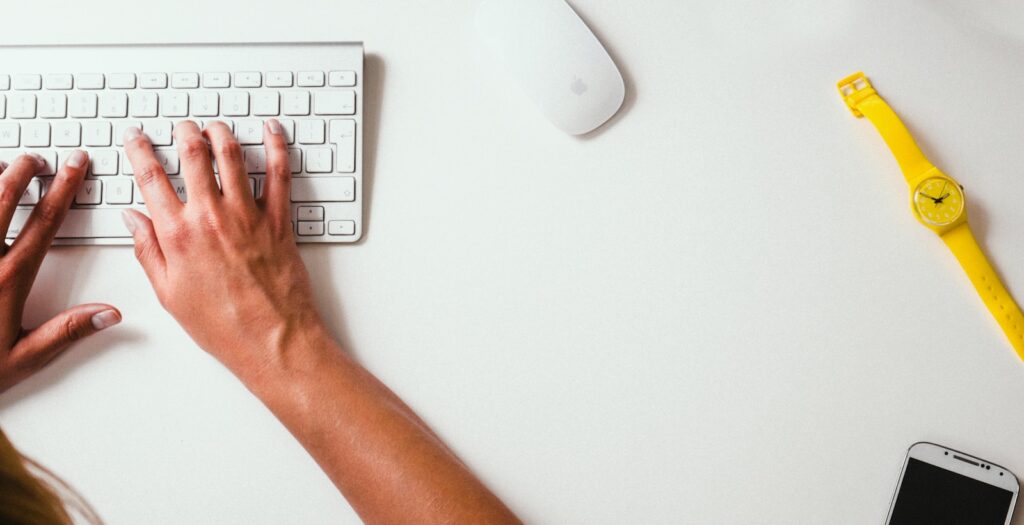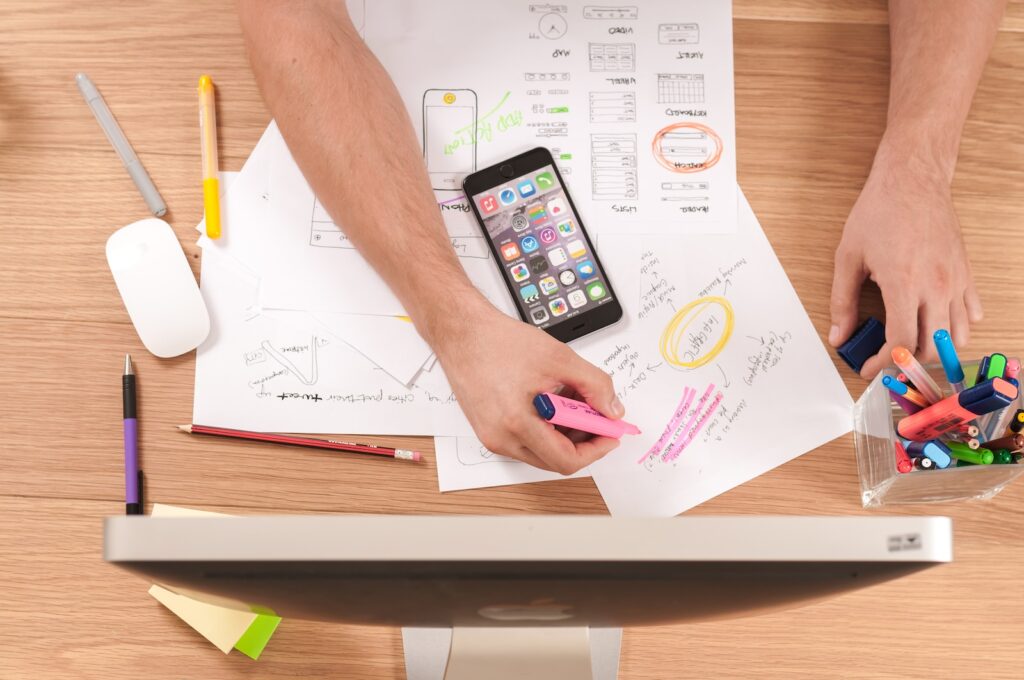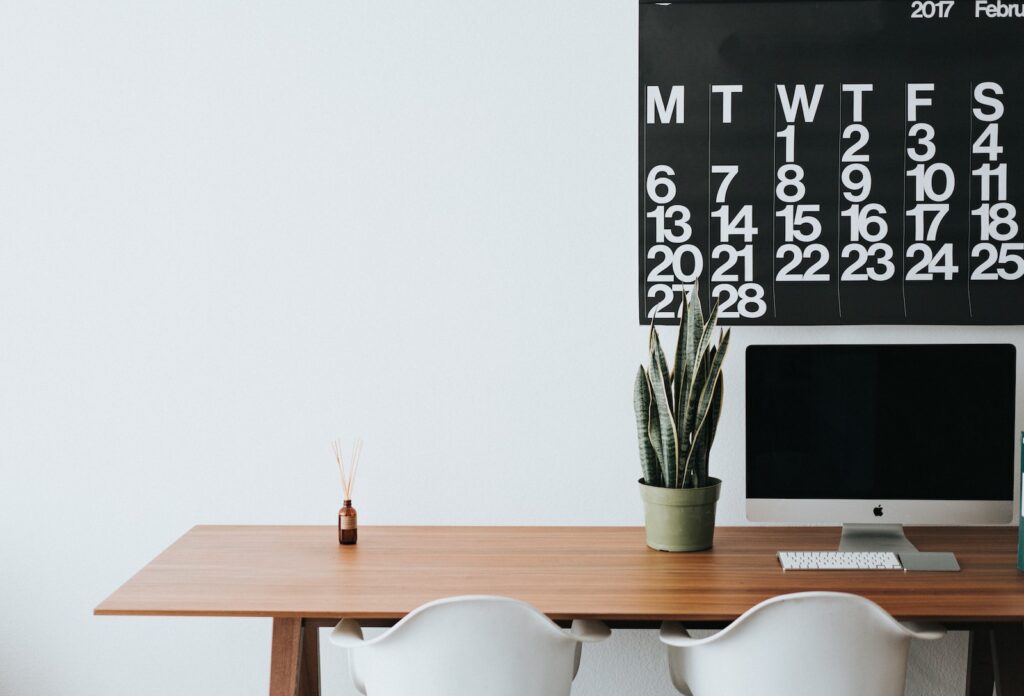Welcome to the world of blog design trends! As a blogger, you know that one of the most important aspects of your website is its appearance. A well-designed blog not only catches the reader’s eye but also makes it easier for them to navigate and find what they are looking for. That’s why staying up-to-date with current design trends is crucial.
In this article, we will be discussing some of the latest blog design trends that have been making waves in 2021. From dark mode themes to minimalist layouts, we’ll cover everything you need to know about creating a visually stunning blog that keeps readers coming back for more.
So sit tight, grab a cup of coffee, and let’s dive into the exciting world of blog design trends together!
Dark Mode Themes

As we move further into the digital age, user preferences have become more diverse and complex. One such preference that has gained popularity recently is dark mode themes for websites and apps.
Dark mode themes are essentially a color scheme where the background of an interface is black or dark grey, with lighter colored text and elements on top. The appeal of this theme lies in its ability to reduce eye strain while using devices during nighttime hours or in low light environments.
The contrast between white backgrounds and darker text can be harsh on the eyes, leading to discomfort and fatigue. By switching to a dark mode theme, users may experience less strain on their eyes and enjoy a more comfortable browsing experience.
Many major companies such as Apple, Google, and Twitter have already incorporated dark mode options into their products, indicating a significant shift towards this trend. As designers continue to prioritize user comfort and convenience, it’s likely that we’ll see even more websites offering this feature in the future.
After all, who doesn’t want a sleek design that also promotes healthy habits?
Minimalist Layouts

After exploring the benefits of Dark Mode Themes, it’s time to focus on another trend that has taken over the blogosphere: Minimalist Layouts. These layouts are all about using space in a smart and effective way while keeping things simple and focused.
Minimalism is not just a design choice; it’s also an approach to life. It emphasizes living with less clutter and focusing on what truly matters. The same philosophy applies to web design, where minimalistic approaches put emphasis on content rather than flashy graphics or animations.
Utilizing negative space can help highlight key points, making them stand out for readers. In addition to being visually appealing, minimalist designs have practical benefits too. They increase loading speeds, improve mobile responsiveness and make navigation easier for users.
With simplicity at its core, this trend ensures that your website remains easy to use even as technology changes rapidly. So if you want to keep up with current trends without compromising functionality, consider adopting a minimalist layout for your blog!
Bold Typography

Now that we’ve talked about the importance of minimalism in blog design, let’s move on to a trend that is all about making a statement: Bold Typography.
Bold typography has been around for decades, but it has recently taken center stage in web design. With websites becoming more visually complex, designers are turning to bold typefaces as a way to emphasize key messages and create visual hierarchy. This trend can also be seen as a reaction against the prevalence of sans-serif fonts – serif typefaces are making a comeback in a big way.
So what makes bold typography so effective? It’s all about creating contrast. By using large, attention-grabbing fonts alongside smaller text, you can draw your reader’s eye exactly where you want it.
But make no mistake – this technique requires careful consideration of typography hierarchy if you don’t want your message to get lost in the shuffle. Here are some tips to keep in mind when incorporating bold typography into your blog:
- Choose the right font: Not all typefaces were created equal. Make sure you select one that complements your brand and doesn’t distract from your content.
- Use color wisely: While black-on-white is always classic, adding pops of color can add an extra layer of interest.
- Keep it readable: Even with bold lettering, legibility should still be top-of-mind.
- Mix and match: Don’t be afraid to experiment with different weights or styles within the same family of fonts.
- Know when to stop: Too much emphasis can become overwhelming quickly – use bold typography sparingly for maximum impact.
Incorporating bold typography into your blog design can help elevate your messaging and grab your audience’s attention. Whether you prefer serif or sans-serif typefaces, there are plenty of ways to play with size and weight for optimal results.
So why not give it a try today?
Custom Illustrations And Graphics

Bold typography is undoubtedly one of the most prominent trends in blog design today. However, there’s more to eye-catching and engaging designs than just bold typefaces.
Another trend that has been gaining popularity among bloggers and designers alike is custom illustrations and graphics.
When it comes to illustrations, hand-drawn artworks have always had a charm of their own. They add a personal touch to your blog while also making it stand out from the crowd. Digital illustrations are great too, especially if you’re looking for something sleeker or more polished. The key here is to choose an illustration style that complements your brand personality and resonates with your audience.
Infographics are another excellent way to incorporate visual storytelling into your blog posts. These graphics allow readers to quickly understand complex information by presenting data in a visually compelling manner. Whether you want to explain a concept, tell a story, or showcase statistics, infographics can help make that happen in an engaging and memorable way.
Custom illustrations and infographics may seem like small details when compared to other aspects of blog design, but they can actually play a significant role in improving user engagement and increasing page views.
By incorporating these elements into your overall design strategy, you’ll be able to create content that stands out from the rest while delivering value to your readers without sacrificing aesthetics or functionality.
Video Integration

Did you know that adding videos to your blog can increase user engagement by up to 300%? That’s right!
With the rise of video content on social media platforms such as TikTok and Instagram, it’s no surprise that integrating videos into your blog design is becoming increasingly popular.
Not only do videos provide an interactive experience for your audience, but they also enhance the overall aesthetic of your page. By incorporating engaging visuals and dynamic audio, videos can effectively convey information in a more captivating way than traditional text-based posts.
To fully utilize the benefits of video integration, it’s important to ensure that your content aligns with your brand voice and message. Consider using videos to showcase product demonstrations or interviews with industry experts.
By doing so, you’ll not only improve user engagement but also establish yourself as a credible source within your niche.
So why wait? Start creating compelling video content today and watch as your blog flourishes!
Mobile Optimization

Responsive Design is key when it comes to mobile optimization; it’s the foundation that allows your content to be displayed on any device.
Mobile-Friendly Navigation, on the other hand, is all about making your site easier to use on mobile devices. This includes streamlining menus, using larger buttons, and ensuring that all interactive elements are easily clickable.
Together, Responsive Design and Mobile-Friendly Navigation ensure that your users have a great experience on your website, regardless of the device they’re using.
Responsive Design
Have you ever visited a website on your mobile device that looked unorganized and difficult to navigate? This is where responsive design comes into play.
Designing with grids is crucial in creating a visually appealing website, especially when it comes to optimizing for mobile devices. Grids help align all the elements on a page, making it easier for users to follow along and interact with the content.
Another important aspect of responsive design is the use of whitespace. Whitespace refers to the empty space between elements on a webpage, and it’s essential in ensuring that the site looks clean and polished across different screen sizes.
When designing for smaller screens like those found on mobile devices, using too many elements can make the page look cluttered and overwhelming. By incorporating ample amounts of whitespace, designers can create a more balanced layout that allows users to focus on what’s important.
In today’s digital age, having a website that isn’t optimized for mobile devices just won’t cut it anymore. With so many people accessing websites from their phones or tablets, responsive design has become an increasingly important trend in web design.
Remember: designing with grids and utilizing whitespace are key components in creating an effective responsive design that works seamlessly across multiple devices.
Mobile-Friendly Navigation
Now that we’ve talked about the importance of grids and whitespace in creating a responsive design, it’s time to delve into another crucial aspect: mobile-friendly navigation.
When designing for mobile devices, it’s essential to consider how users will interact with your site using touch screens instead of a mouse or keyboard. Dropdown menus may work well on desktops, but they can be frustratingly difficult to navigate on smartphones. This is where hamburger icons come in handy.
Hamburger icons are those three horizontal lines you often see at the top corner of mobile sites. When clicked, they reveal a menu that slides out from the side of the screen, allowing users to easily access different sections of the website without having to scroll endlessly through pages.
Hamburger icons have become an increasingly popular solution for mobile-friendly navigation because they save space while still providing easy access to important information. However, there is such a thing as too much simplicity when it comes to hamburger icons. If overused, this minimalist approach can actually end up confusing users who might not know what each icon represents.
As always, balance is key – make sure your hamburger icon menu is intuitive enough so that even first-time visitors can quickly find what they’re looking for without feeling lost in a sea of options.
Accessibility Features

When it comes to designing a blog, one important factor that should not be overlooked is accessibility. In today’s world where inclusivity matters more than ever before, ensuring that your blog can cater to people with disabilities is crucial.
One of the most significant aspects of accessibility in web design is color contrast. It’s essential to choose colors that are easily distinguishable from each other so that visually impaired individuals or those with color blindness can read and navigate through your website seamlessly.
A good rule of thumb is to use high-contrast text and background colors for optimal readability.
Another critical aspect of accessibility in web design is screen reader compatibility. Screen readers are software programs that help blind or visually impaired users navigate through websites by converting text into speech or braille displays.
To ensure screen reader compatibility, make sure all images have alt tags describing them accurately, and avoid using tables for layout purposes since they tend to confuse screen readers.
Incorporating accessibility features in your blog design may require extra effort, but it’s worth it as it opens up your content to a wider audience while making the online experience better for everyone. By paying attention to details such as color contrast and screen reader compatibility, you’re creating an environment where all visitors can access your site without any hindrance – now that’s something every blogger should aim for!
Key Takeaways
- Dark mode themes have gained popularity due to their ability to reduce eye strain and provide a comfortable browsing experience in low light environments.
- Minimalist layouts emphasize content over flashy graphics, improving loading speeds, mobile responsiveness, and user navigation.
- Bold typography helps create visual contrast and hierarchy, drawing readers’ attention to key messages.
- Custom illustrations and graphics add a personal touch to blogs, making them visually appealing and engaging.
- Video integration enhances user engagement and conveys information in a captivating way.
- Mobile optimization, including responsive design and mobile-friendly navigation, ensures a seamless user experience across different devices.
- Accessibility features, such as color contrast and screen reader compatibility, make blogs inclusive and accessible to all users.
Useful Table
| Trend | Description |
|---|---|
| Dark Mode Themes | Color scheme with a dark background and lighter colored text, reducing eye strain in low light or nighttime. |
| Minimalist Layouts | Simple and focused designs that emphasize content, improve loading speeds, mobile responsiveness, and navigation. |
| Bold Typography | Large, attention-grabbing fonts used to create visual contrast and hierarchy in blog design. |
| Custom Illustrations | Hand-drawn or digital artworks that add a personal touch and make blogs stand out. |
| Video Integration | Incorporating videos to enhance user engagement and provide an interactive experience. |
| Mobile Optimization | Responsive design and mobile-friendly navigation for seamless user experience across devices. |
| Accessibility Features | Considerations for color contrast and screen reader compatibility to make blogs inclusive and accessible. |
Final Thoughts
In conclusion, the world of blog design is constantly evolving and it’s important to stay on top of the latest trends.
From Dark Mode themes to Minimalist Layouts, Bold Typography to Custom Illustrations and Graphics, incorporating these elements can take your blog to the next level.
But don’t forget about Mobile Optimization and Accessibility Features! Your readers are accessing your content from various devices and may have different needs when it comes to accessibility.
By embracing these trends, you’ll not only improve user experience but also enhance the overall aesthetic appeal of your blog.
So go ahead and experiment with video integration or try out a new font – let your creativity shine through! The possibilities are endless in the ever-changing world of blog design trends.

